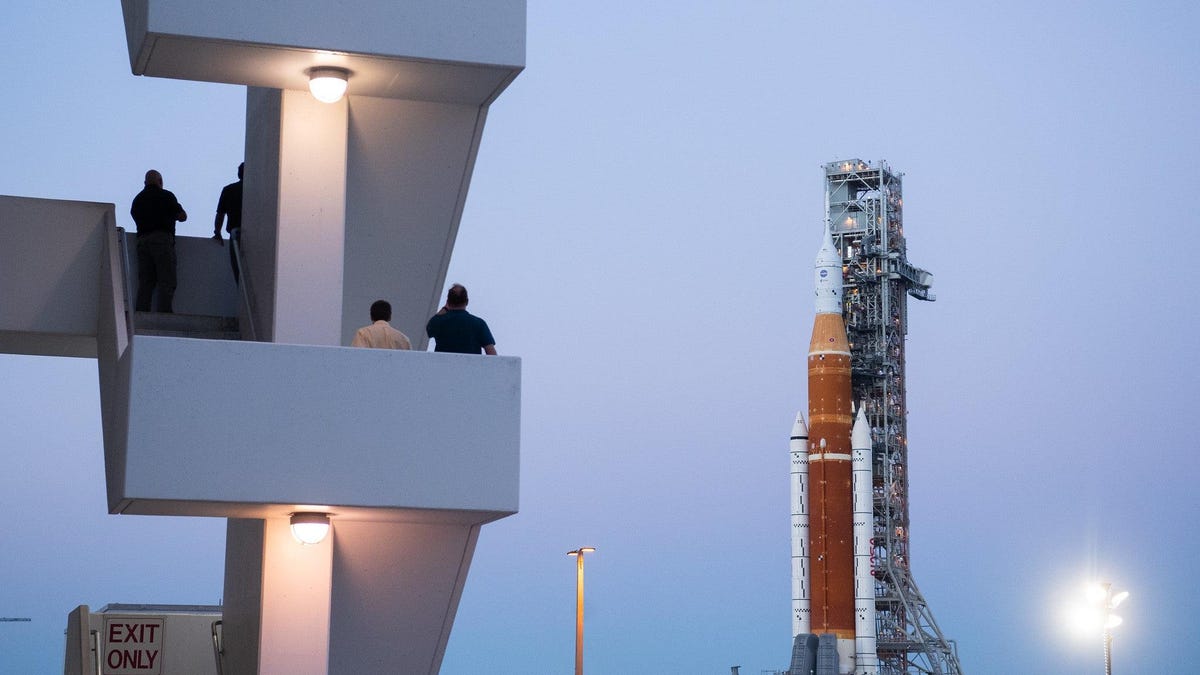House and Senate appropriators have released NASA’s final spending bill for the fiscal year 2024, focusing on the Artemis program’s goal of returning astronauts to the Moon. However, there’s still considerable uncertainty surrounding the agency’s plans for bringing back rocky samples from Mars.
China’s Plan to Land Astronauts on the Moon
NASA was allocated $24.875 billion for its budget this year, about half a billion less than what the space agency received in 2023 and some $2.31 billion short of what it was hoping to spend on its various programs in 2024.
In March 2023, NASA requested $27.2 billion for its 2024 budget, a 7% increase from the previous year, but ended up with a substantial cut of 8.5% from its original request. The space agency had already anticipated budget cuts this year in lieu of the Fiscal Responsibility Act, which was signed into law in June 2023.
Despite the slash to the budget, the Artemis program came out virtually unscathed. NASA had requested $8.1 billion for its Moon program, and the new bill granted $7.67 billion towards the development of the Artemis missions, an increase of $200 million from the previous year’s budget. That chunk of change includes $600 million for the Space Launch System rocket and $1.88 billion for the Human Landing System, which will transport astronauts from lunar orbit to the surface of the Moon.
It’s unclear, however, how much money was allocated towards NASA’s ambitious Mars Sample Return (MSR) mission. In late September 2023, an independent review board issued a final report on MSR, referring to it as a “highly constrained and challenging campaign,” with “unrealistic budget and schedule expectations from the beginning.” In light of the report, the Senate Appropriations subcommittee responsible for overseeing NASA’s budget directed the space agency to submit a year-by-year funding profile for MSR.
In the final 2024 budget report, Senate appropriators emphasized that MSR remains a high priority while reiterating concerns about the mission’s schedule, and granted it “no less than” $300 million and up to the requested budget of $949 million. That’s a lot of wiggle room for the amount of money that would be going towards MSR, and the report mentions that the mission remains under review until NASA submits its mission profile to outline a revised architecture for the mission.
The report also raised alarm over recent layoffs at NASA’s Jet Propulsion Laboratory, which were carried out in anticipation of the 2024 budget. “The agreement notes that there has not been consultation with some Members of Congress about NASA’s decision to move forward with workforce reductions before a fiscal year 2024 bill was enacted and notes concern that NASA’s actions have contributed to serious losses in NASA’s high-skilled workforce,” the report reads.
Related article: NASA Ends $2 Billion Satellite Refueling Project After Contractor Accused of ‘Poor Performance’
The 2024 budget also includes $227 million for the On-Orbit Servicing, Assembly and Manufacturing (OSAM) 1 mission, an orbiting servicer to refuel and relocate satellites to extend their lifetime that was recently cancelled by NASA due to cost and schedule challenges. The fate of OSAM-1 has been sealed, but the report recommended that NASA reduce testing requirements and non-essential capabilities, and recommended that NASA “work with the Department of Defense on a plan for a potential use,” as an alternative.
Prior to the release of the final budget, NASA had already made some adjustments to its spending for the current year. The space agency suspended work on the Geospace Dynamics Constellation, a group of satellites designed to study Earth’s upper atmosphere. Although it was already preparing to receive a little less cash this year, NASA will likely still need to make some more adjustments to its programs going forward while working on getting astronauts back on the Moon and returning samples from another planet for the first time, two major feats that are meant to transition the space agency to a new era of space exploration.
For more spaceflight in your life, follow us on X (formerly Twitter) and bookmark Gizmodo’s dedicated Spaceflight page.
